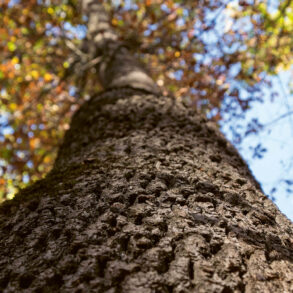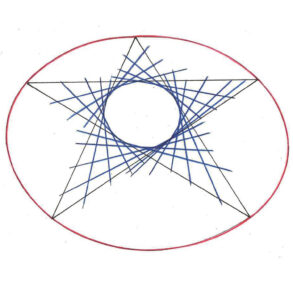Is the earth just a collection of lifeless matter—a solid rock floating in the vast cosmic void? Is life just an accident—an anomaly in a mechanical universe? A materialistic view hypothesizes about “abiogenesis”: how life could have emerged from a mechanical and dead world. It places the lifeless at the beginning. But what if it is the other way around? What if life is at the beginning?
“In all geological periods, there have never been and still are no traces of abiogenesis,” wrote the researcher Vladimir Vernadsky (1863-1945).1 “Thus, the appearance of living matter and its formation on our planet is obviously a phenomenon of a cosmic character, which is very clearly demonstrated by the absence of abiogenesis, that is, by the fact that in the course of the entire geological history, the living organism has always emerged from the living organism.”
Life must be understood as an origin. And the life visible on Earth, the “biosphere,” is inseparable from solar life, the entire solar system, and the entire cosmos. “The biosphere is as much (if not more) a creation of the sun as the manifestation of terrestrial processes. The ancient religious intuitions of mankind, which regarded earthly creatures, especially human beings, as children of the sun, were much closer to the truth than those who see in earthly beings only the blind and accidental play of matter.”
In order to grasp the cosmic dimension of life, Vernadsky did not just collect individual scientific facts. He succeeded in merging the facts into an overall picture—only an imaginative insight makes it possible to grasp the solar nature of life and to recognize the earth as a living being.
Image Folk dancing at the Agriculture Conference, photo: Xue Li









